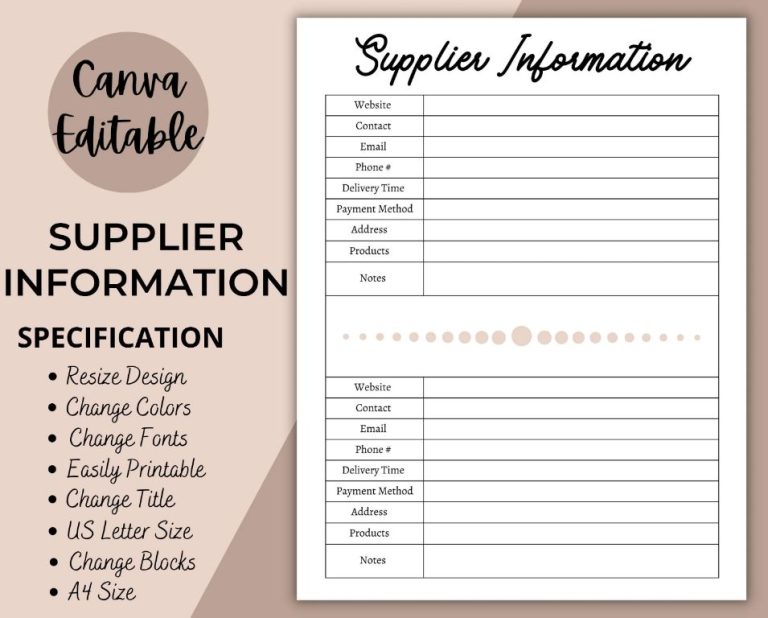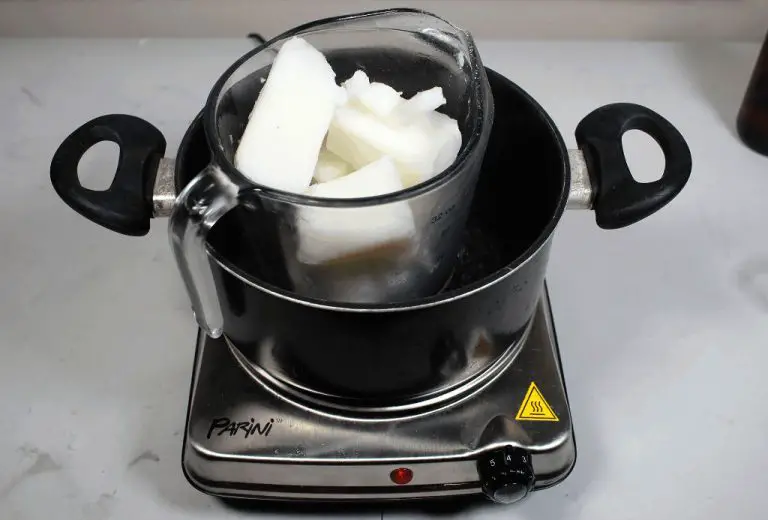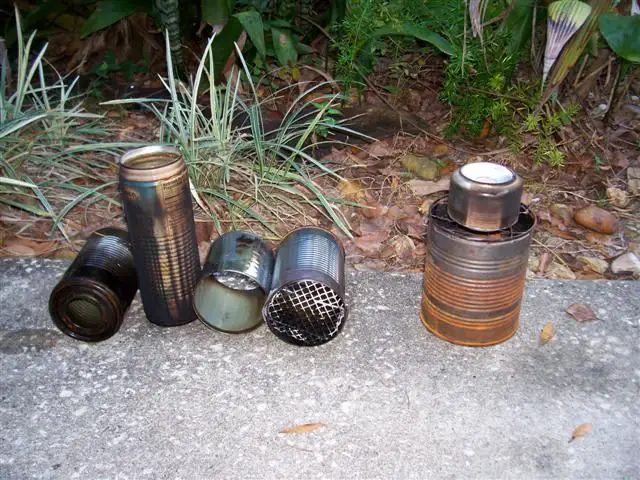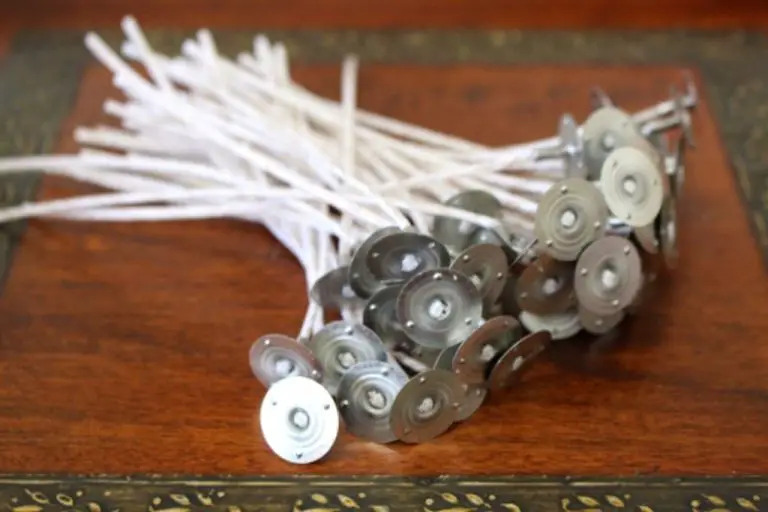Is It Expensive To Start Candle-Making?
Candle making can be a fun and rewarding hobby or side business. With some initial investments in equipment and ingredients, creative skills, and business knowledge, many people successfully sell their handmade candles at craft fairs, online stores, local shops, or even wholesale to other retailers. Candle making allows you to express your creativity through designing beautiful candles with scents and appearances that customers will love. It also lets you potentially earn extra income selling a product you crafted yourself.
However, starting a candle business does require more upfront planning, costs, time, and effort compared to other crafts. Quality candle making involves understanding proper wax blending, scent mixing, coloring, packaging, labeling, and testing for safe burn times. You’ll need to purchase some basic equipment and supplies, develop candle recipes, source ingredients, and create an intriguing brand. Once established though, candle making can become a sustainable and meaningful small business.
Equipment Needed
When starting candle making, there are several key pieces of equipment you’ll need to get set up. The most important is a wax melter, which melts wax to the proper temperature before pouring into molds. You’ll also need candle molds to shape the candles. Metal and silicone molds are common options. Fragrance oils are essential for adding scents, while wicks sustain the flame. Make sure to get wicks specifically made for candle making. A thermometer allows monitoring the wax temperature. Finally, a pour pot, preferably with a spout, makes it easy to transfer melted wax into the molds.
Here are the key equipment items needed to begin candle making:
- Wax melter
- Molds – metal, silicone
- Fragrance oils
- Wicks
- Thermometer
- Pour pot
While this covers the basics, as you expand your candle making, you may need other items like dyestuffs, a scale, labels, etc. But with just these key pieces, you’ll have what’s needed to start experimenting with making your own candles.
Ingredient Costs
The main ingredients needed to make candles are wax, fragrances, dyes, and containers. The price of these ingredients can vary significantly depending on quality and quantity.
Wax is the biggest expense when making candles. Paraffin wax is the most affordable option, costing $1-2 per pound. Soy wax costs more at $2-4 per pound. Premium waxes like beeswax can cost $4-10 per pound. Buying wax in bulk quantities can help lower the price per pound.
Candle fragrances are mixed with wax to add scents. Simple fragrances cost around $5-10 per ounce, while premium fragrances are $10-20 per ounce. Using less fragrance helps reduce costs.
Dyes and color blocks are used to color the wax. Liquid dyes cost $3-5 per ounce, while color blocks are $5-10 per pound. Using less dye lowers costs.
Candle containers like glass jars, tin containers, and other vessels can range from $0.50-5 each depending on size and material. Buying in bulk brings down the per unit price.
In total, the ingredients to make a basic 16 oz candle can cost $2-5, with higher end candles with premium ingredients costing $5-10 to produce.
Workspace
Candle making requires a dedicated workspace for safety and efficiency reasons. At a minimum, you will need an open area with good ventilation to work in. Making candles involves melting wax at high temperatures, which releases flammable vapors. Proper ventilation, like working near an open window, helps remove these vapors from the air.
You’ll also need sturdy, stable surfaces for assembling candles. A large table or countertop space is ideal for holding your equipment and arranging candles. The workspace should be kept clear of clutter and combustible materials when hot wax is present.
In addition to your production area, you’ll need storage space for candle making supplies. Waxes, wicks, fragrances, dyes, jars, and packaging must be properly stored between uses. A closet, cabinets or shelves in your workspace are convenient for keeping these items organized and at hand.
So in summary, when evaluating workspace for a candle making startup, look for an open room with good ventilation, large countertops or tables, and sufficient storage solutions.
Testing and Development
Testing and experimentation are crucial parts of developing your candle recipes and ensuring a quality product. You’ll need to experiment with different wick types, scents, and wax blends to find the right combinations. This involves a lot of trial and error:
- Test different wick types like cotton, wood, and paper to find the right width and style for your wax and desired burn time.
- Mix and match essential oils and fragrance oils to create your signature scents. Keep testing until you achieve the perfect aroma strength and throw.
- Vary the ratios of wax, such as soy, paraffin, or beeswax, to find the ideal texture, scent diffusion, and melting point for your candles.
Record your test results along the way. This will allow you to replicate successful blends and learn from any failures. Expect to go through multiple rounds of testing before settling on your recipes. The testing process is truly where art meets science in candle making!
Packaging
Packaging is a major expense when starting a candle making business. You’ll need attractive containers like jars, tins, boxes or other creative vessels to hold your candles. The packaging protects the candles during shipping and also provides branding when customers display the candles in their homes.
Glass jars are a popular candle container, and can be purchased in bulk for reasonable prices. Look for sturdy jars with tight-fitting lids in sizes ranging from 4oz to 16oz. Match the jar size to the candle’s burn time. Tins are another classic candle holder and often have a decoratively printed exterior wrap. Tins range in shape and size. You can find inexpensive options, or splurge on pricier vintage-look tins.
Many candle makers opt for custom labeling to establish their brand. Print glossy labels with your logo, scent name, company name, weight and any other details. Adhesive label sheets that work with regular printers keep labeling affordable. For a more upscale look, order embossed or engraved labels. If selling candle gift sets, consider paper banding or shrink wrap to combine multiple items.
While packaging represents an extra cost, it’s a worthwhile investment. Attractive, sturdy and safe packaging conveys quality, entices customers and provides branding exposure. Prioritize packaging that protects your handmade products while also enhancing your brand image.
Marketing
Getting the word out about your candle business is key to generating sales. Here are some effective marketing strategies for new candle makers:
Website
A professional website with photos of your products and clear ordering information is essential. Make sure people can easily find product details, prices and purchase your candles online.
Packaging
Attractive labeling and packaging helps sell your candles. Consider reusable packaging like boxes or tins. Include your logo and branding. Information about ingredients, scent, burn times and care instructions builds trust.
Social Media
Promote your business and products through social platforms like Instagram and Facebook. Share photos and videos of your process and products. Engage followers by responding to comments and questions. Run targeted ads and contests to grow your audience.
Licensing and Legal
Getting the proper licenses and legal protections in place is an important part of starting any business. Here are some of the main things to consider for a candle making business:
Business License
You will likely need to obtain a general business license from your state or local government before starting operations. This requires registering your business name and paying a small licensing fee annually.
Insurance
Liability insurance can protect you in case a customer gets injured from your product. Product liability insurance covers against claims of damage from your candles, which is important due to the fire hazard.
Trademarks
If you will be selling under a unique business name or branding, you may want to consider trademarking your name and logo to protect your intellectual property. The process involves filing an application and paying a fee.
Initial Inventory
When you’re just starting out making candles, one of the biggest initial costs will be stocking up on enough supplies to make your first batches. The ingredients like wax, fragrance oils, wicks, and dye can add up quickly. You’ll want to have enough materials on hand to produce a good amount of inventory before starting to sell.
Plan on having enough wax, fragrance, wicks and jars to make at least 50-100 candles to start. Buying these supplies in bulk quantities can help lower the per-unit price. Expect to spend $300-$500 to stock up initially if buying mid-range supplies. Going with cheaper supplies can reduce the cost, while premium ingredients will raise it. Strike the right balance between quality and affordability when sourcing your initial inventory.
Don’t forget smaller items like candle dye, labels, lids, packaging and marketing materials. Allocating $100-$200 for these types of items is reasonable. Also factor in shelf space to store your initial supplies and finished candles. Proper storage helps preserve the shelf life of your inventory.
With strategic planning and buying in bulk, the initial start-up costs for supplies can be manageable, likely $500-$700 to stock up on enough materials to produce your first product lines. This investment in high-quality ingredients and packaging makes a good first impression when launching a new candle business.
Conclusion
Starting a candle making business does require some initial investment, but there are ways to keep costs down, especially when first getting started. Expect startup costs to range from a few hundred dollars for basic equipment and ingredients, up to a couple thousand dollars if investing in premium materials and a dedicated workspace right away. The bulk of initial costs will likely come from ingredient and packaging supplies to stock up on inventory.
Some tips to minimize initial costs include starting small and only buying core essentials, repurposing materials and tools you already own, making candles as a side hobby before going pro, selling at local craft fairs before committing to a physical storefront, and buying ingredients and materials in bulk once you confirm there is a demand for your products.
While launching a candle business does require some financial investment, you can scale your operation over time as sales and revenue increase. With passion, creativity, and smart money management, candle making can be an achievable small business to start.





